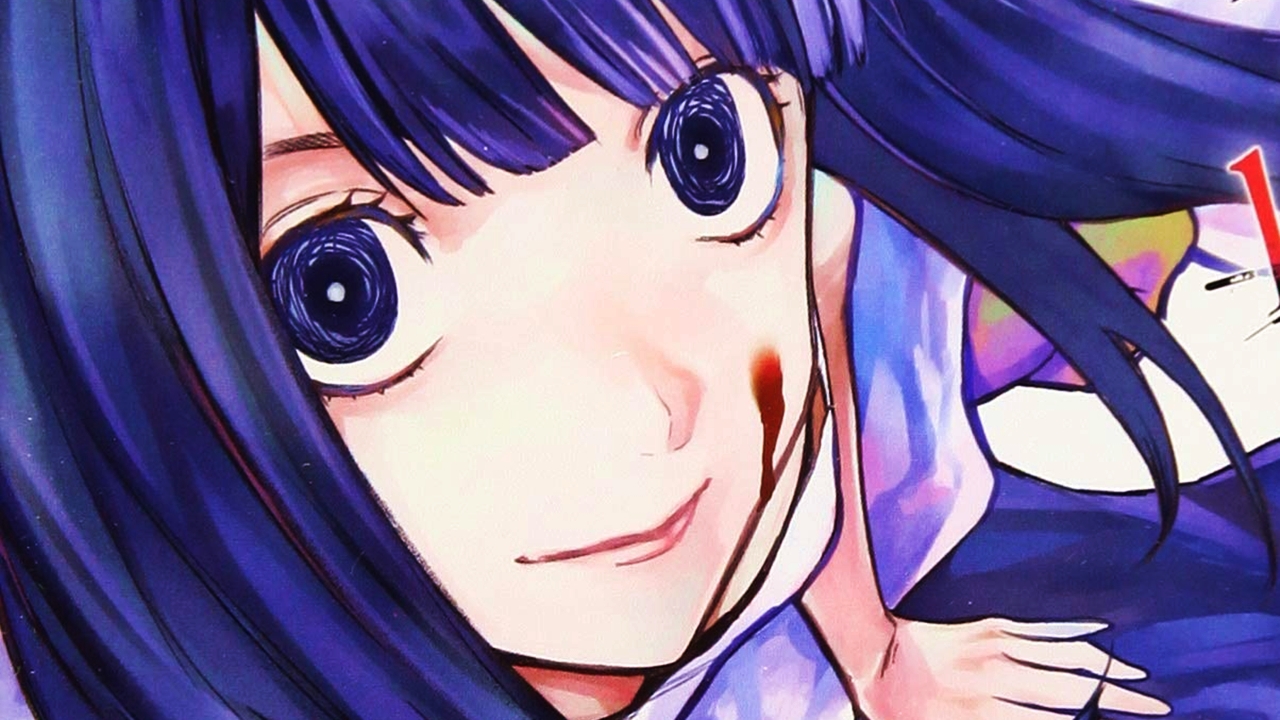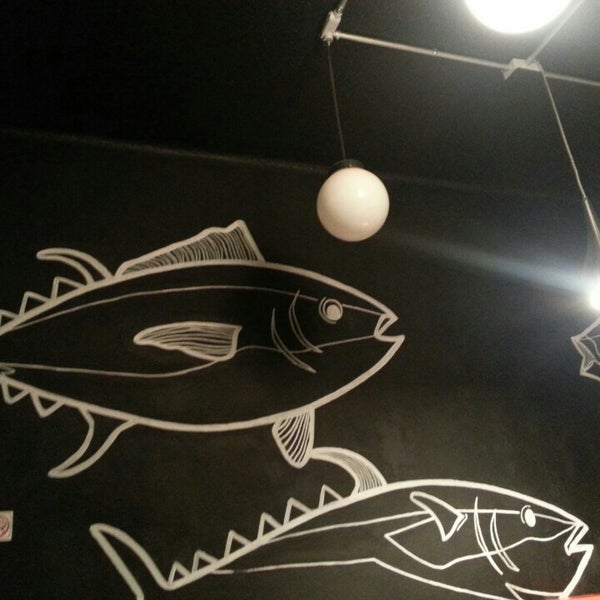

This is an excerpt of the Russian book “Ася” (and its English translation), written by the Russian novelist Ивáн Серге́евич (Ivan Turgenev). I forgot everything, I drew her to me, her hand yielded unresistingly, her whole body followed her hand, the shawl fell from her shoulders, and her head lay softly on my breast, lay under my burning lips. Secondly, “shindemo ii wa” is NOT the translation of the English phrase “I love you, too” it is of the Russian term “Ваша”, which means “yours” in English in the following context:
#Totemo kirei desu how to#
If you google (either in Japanese or English) how to respond to “The moon is beautiful, isn’t it” in Japanese, you’ll find a plethora of websites spreading the wrong information that the “correct” or “appropriate” answer to say “I love you, too” is “死んでもいいわ (shindemo ii wa)”, which literally means “I can die (happy)” (or “I can die (for you)”, depending on how you interpret the context.)įirst and foremost, it is NOT Sōseki Natsume who came up with the phrase “shindmo ii wa” it is Futabatei Shimei (二葉亭四迷), another famous Japanese novelist/translator who lived in the same period as Sōseki (and thus it ended up being mixed with Sōseki’s story). In fact, there is NO such thing as a “correct response”, no matter how many people/websites elaborate and insist on its existence. (TL DR) It is totally wrong to say that the “correct” or “appropriate” response to “The moon is beautiful, isn’t it? is “死んでもいいわ (shindemo ii wa)”, meaning “I can die (happy)”. Therefore, even if you act as a romanticist and confess your love to a Japanese person using this phrase, he/she may not fathom your intention, unfortunately. In fact, this Japanese website (which I’ll also cite in the next section as a reference) scrupulously searched for its authoritative source, to no avail, and found out that the details of this story were a little different in some old publications from the 1970s, which said it was “月がとっても青いなあ” (“The moon is very blue”), not 月が綺麗ですね (“the moon is beautiful, isn’t it”).Īnother thing you should keep in mind is that the ulterior meaning of this phrase is recognised only among those who love Japanese slang or trivia. Note that, however, you should take this story with a grain of salt, as there is no record left that validates it.

You’d better translate it as 月が綺麗ですね (‘The moon is beautiful, isn’t it?’) or something”. Its alleged origin traces back to when he worked as an English teacher: when he saw his student translating “I love you” as it is into Japanese, he supposedly said, “Japanese people never say things like that shamelessly. It is widely believed that this meaning was coined by Sōseki Natsume (夏目漱石), a renowned Japanese novelist in the 19-20th century who was portrayed on the former 1000 yen banknote. Surprisingly, however, it could also contain the hidden meaning - “I love you”. 月が綺麗ですね (tsuki ga kirei desu ne) literarily means “The moon is beautiful, isn’t it?” in Japanese.

Misinformation on the “Correct Response”.
#Totemo kirei desu movie#
Here is an example in which the word can be used:Įnglish: The movie just now was absolutely the best!Īfter having learnt all of these superlatives, it’s about time that you finally put them to use! With practice, we’re sure that you would become VERY fluent in Japanese and even someday, become RIDICULOUSLY good or even THE BEST! If you are interested in studying Japanese in Tokyo, find out more about our school by filling out the form below. When put together, these 2 Kanji characters mean something along the lines of “The Best” and can usually be used to describe a feeling, situation or object. Talking about saving “The Best” for the last, this word is made up of 2 characters: 最 (Sai) and 高 (Kou). 最 (Sai) refers to “Most” while 高 (Kou) refers to “Tall/High”. Unless you’re up for an unpleasant stomach or would like to train your spice-tolerance level😡, we’d recommend that you keep a distance from these dishes and opt for the not-so-spicy ones 😇😇Īnd last but not least, we look at the word 最高 (Saikou), or what we’d call “The Best”. Why? Well, in Japan, you might come across some food stalls serving dishes that are 激辛 (Gekikara). Although these are not commonly used in daily conversation, knowing how to read and identify these words may certainly come in handy one day.


 0 kommentar(er)
0 kommentar(er)
